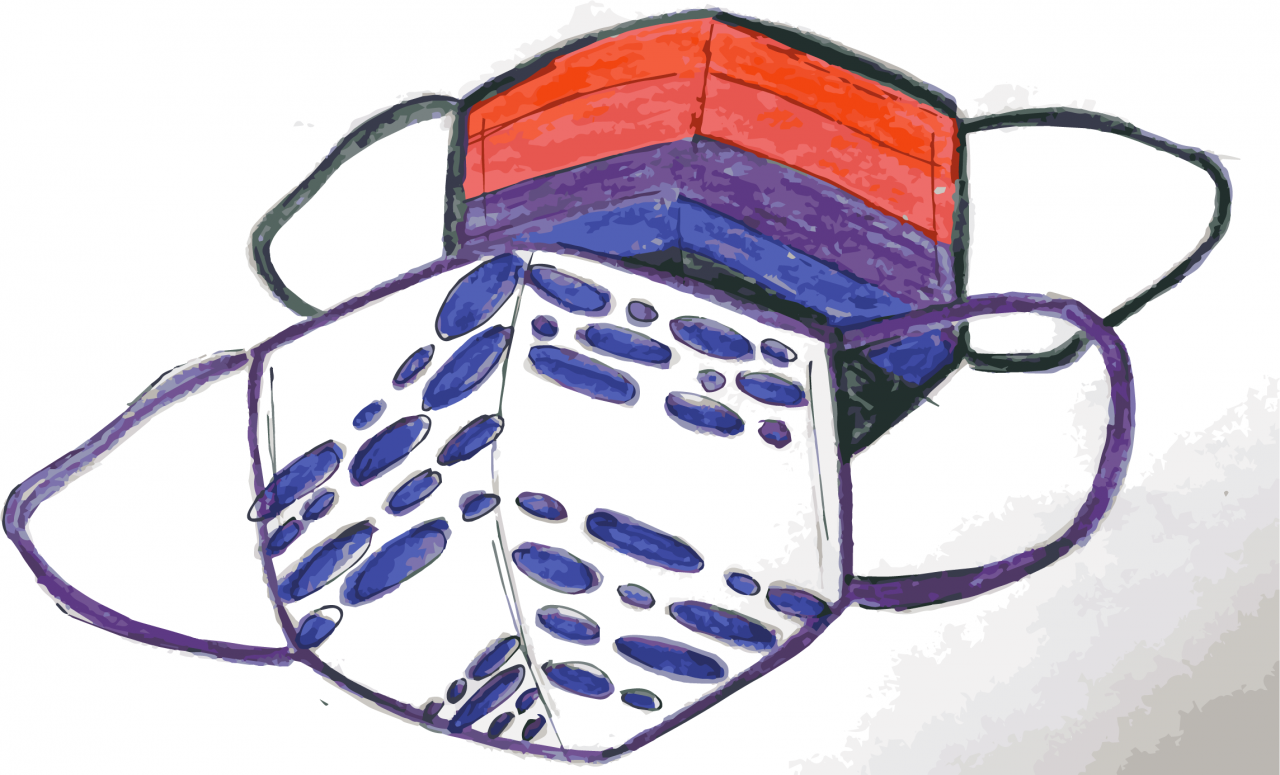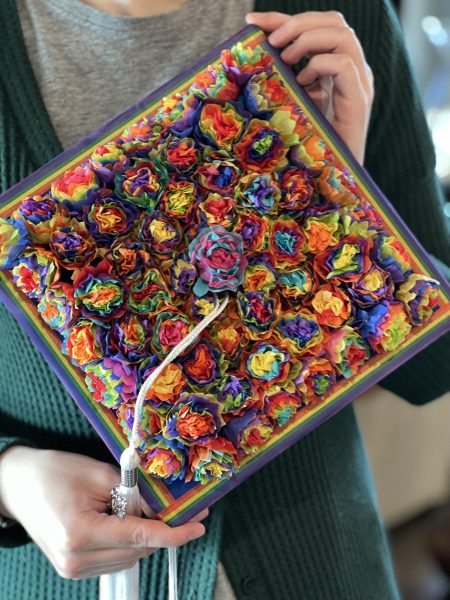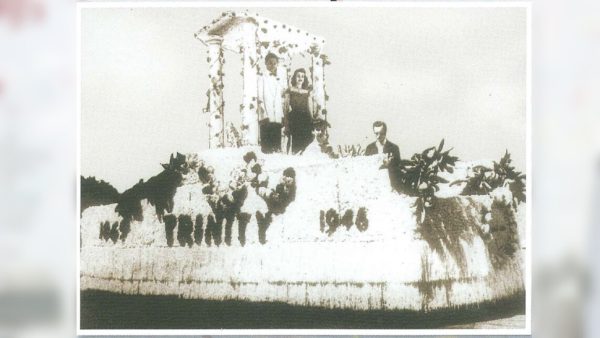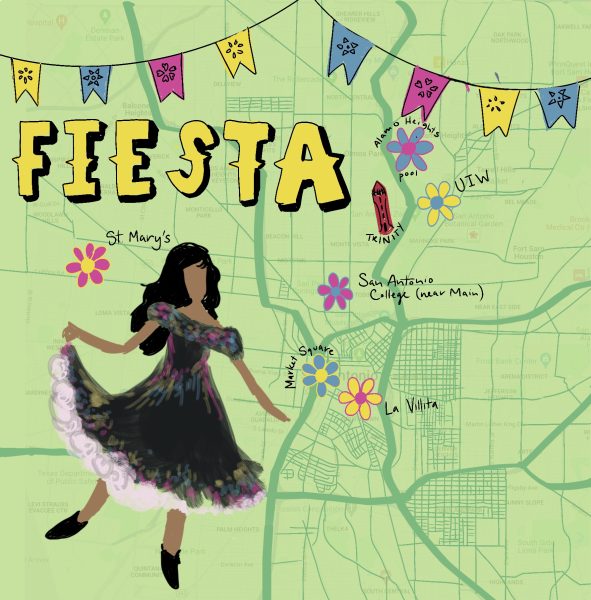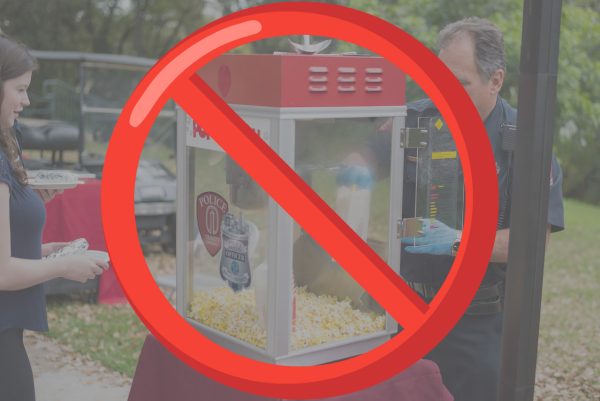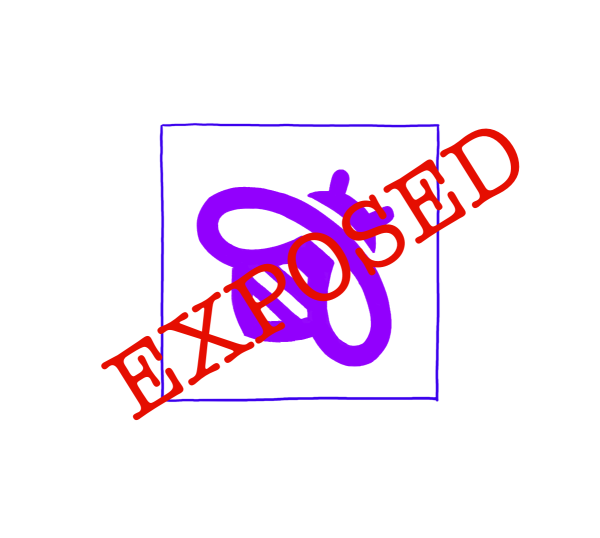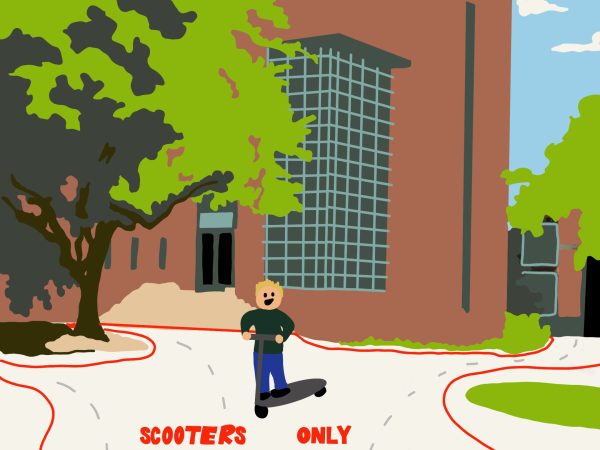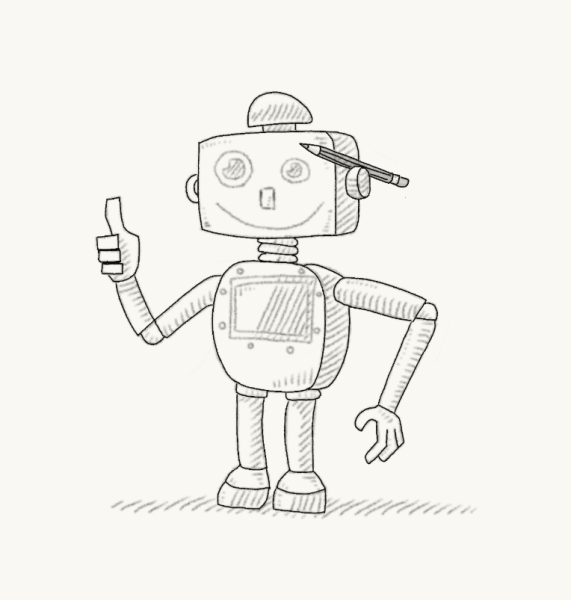Easy ways to personalize your mask
illustration by Gabrielle Rodriguez
In the last few months, masks have gone from an accessory typically found in Halloween stores or worn by medical professionals, to a necessity that we absent-mindedly grab in the morning before leaving anywhere. Wearing a mask is a daily task that might feel impersonal, because it covers the lower half of your face and can make you blend into a crowd; but it doesn’t have to feel that way. Below you’ll find some easy suggestions to personalize your mask and make it something you look forward to putting on.
EMBROIDERY
Thread and needle kits are relatively inexpensive on sites such as Etsy, and you can tap into your inner crafty side and design something unique to place on your mask. There are lots of beginner tutorials for designs like flowers and plants, or you can go on your own and thread a more intricate pattern.
Since quarantine began, there seems to have been a rise in people interested in learning how to embroider, and I don’t blame them. Anything you can conceptualize you can either find a tutorial for on the internet, or create your own process.
PAINTS AND FABRIC PENS
Maybe you’re not experienced in art, but quarantine is hopefully a time where we can improve skills that we didn’t have before. Fabric paint is a great option for mask-decorating, as well as glitter and similar art supplies.
I’d say a good rule of thumb is to practice separately before practicing on your mask, that way you’re going in with a plan.
PHOTOGRAPHY
Websites such as Teespring and Redbubble allow you to make designs for clothing and other merchandise, and you can — in addition to doing digital art — find cute photos from online or from your phone camera roll for a mask! Whether it’s a picture of your cat, or the view of a sunset that you captured last fall, there are plenty of interesting options for a customized mask. Just make sure your photo resolution is relatively high, so your mask won’t be blurry.
FELT, BEADS AND OTHER FOUND OBJECTS
Feel free to add a three-dimensional touch to your face covering and utilize interesting colors and textures! Objects such as tiny rocks or seashells, or even feathers and rhinestones from your local crafts store, can be used to decorate your mask.
SWAP YOUR NEWLY DECORATED MASKS WITH PEOPLE YOU CARE ABOUT
Once your mask looks exactly how you want it to, trading your new mask with a friend — dropping it off on their doorstep — would be an amazing socially-distanced activity to show them that you care. Quarantine isolation is real and can be challenging, but wearing an artwork that someone else created might be the motivation you need to slip on your mask and face the new day.
Sophomore year invites reflection on first-year growth. Where memory lane begins for me, though, isn’t New Student Orientation, but the two years preceding it. So, I opened a Google Doc collecting digital dust since 2017: my college admissions essay. Common Application prompt: “Discuss an accomplishment, event, or realization that sparked a period of personal growth and a new understanding of yourself or others.”
My personal narrative revolved around how, during my junior year of high school, I went from a mediocre to straight-A student. This showed me that ADHD didn’t make me stupid — in fact, sometimes it made me fun and creative.
I remembered the opening line by heart: “In the 4th grade, Mrs. Crawford thought I was annoying — and wrote my parents saying I ought to see a doctor about it.” The rest was similarly casual. I managed to use the words “neoliberal” and “Neopets” in one sentence (describing my introduction to computers: customizing HTML on my Neopets shop page for virtual pet capitalism). It was a good essay. My teachers loved it.
But it was simplistic. My first year of college looked more like my first year of high school than I’d hoped. And ADHD’s symptoms affect all areas of life. Psychiatrist Russel Barkley writes that disorders begin when impairment starts — defining impairment as when, due to constantly struggling to thrive in inaccessible environments, you start failing classes, losing friends and generally finding “easy” tasks to be insurmountably difficult. However, Barkley cautions that “just because you have enough symptoms of ADHD doesn’t mean you have a disorder, you could just have a sparkling personality.” So he definitely concedes that ADHD creates sparkling personalities!
The good and bad are all part of what ADHD is: a neurodevelopmental disorder. For reference, autism is also considered one, and ADHD is increasingly considered its cousin disorder symptomatically and genetically. Because my brother has autism, I explored this link in my admissions essay’s “neurodivergence is good” thesis.
And neurodivergence IS good, but junior year English taught me all nonfiction has an agenda. I wrote that essay as a roundabout apology for the first half of my transcript being lackluster, and the second half being stellar. The argument to admissions offices being, “See, I’ll be a great student in college, I swear.” I wrote about my ADHD as if it were a heavy rock I lugged around for 17 years, only to crack it open and discover it was a sparkly geode. It fit the prompt. But now I am thinking outside the rock.
My first agenda right now is letting neurodivergent readers know it’s okay if your trend isn’t always upward! It doesn’t mean you won’t flourish again. It doesn’t even mean you aren’t flourishing right now — maybe you’re looking at your transcripts while ignoring how, say, you don’t stutter in discussions anymore (or how much harder Trinity’s grading is!)
My second agenda is to talk about what you can do when you feel dumber than you did in 11th grade, other than brood and overplay “Anthems for a Seventeen-Year-Old Girl.” Sophomore year invites reflection on first-year growth. Where memory lane begins for me, though, isn’t New Student Orientation, but the two years preceding it. So, I opened a Google Doc collecting digital dust since 2017: my college admissions essay. Common Application prompt: “Discuss an accomplishment, event, or realization that sparked a period of personal growth and a new understanding of yourself or others.”
My personal narrative revolved around how, during my junior year of high school, I went from a mediocre to straight-A student. This showed me that ADHD didn’t make me stupid — in fact, sometimes it made me fun and creative.
I remembered the opening line by heart: “In the 4th grade, Mrs. Crawford thought I was annoying — and wrote my parents saying I ought to see a doctor about it.” The rest was similarly casual. I managed to use the words “neoliberal” and “Neopets” in one sentence (describing my introduction to computers: customizing HTML on my Neopets shop page for virtual pet capitalism). It was a good essay. My teachers loved it.
But it was simplistic. My first year of college looked more like my first year of high school than I’d hoped. And ADHD’s symptoms affect all areas of life. Psychiatrist Russel Barkley writes that disorders begin when impairment starts — defining impairment as when, due to constantly struggling to thrive in inaccessible environments, you start failing classes, losing friends and generally finding “easy” tasks to be insurmountably difficult. However, Barkley cautions that “just because you have enough symptoms of ADHD doesn’t mean you have a disorder, you could just have a sparkling personality.” So he definitely concedes that ADHD creates sparkling personalities!
The good and bad are all part of what ADHD is: a neurodevelopmental disorder. For reference, autism is also considered one, and ADHD is increasingly considered its cousin disorder symptomatically and genetically. Because my brother has autism, I explored this link in my admissions essay’s “neurodivergence is good” thesis.
And neurodivergence IS good, but junior year English taught me all nonfiction has an agenda. I wrote that essay as a roundabout apology for the first half of my transcript being lackluster, and the second half being stellar. The argument to admissions offices being, “See, I’ll be a great student in college, I swear.” I wrote about my ADHD as if it were a heavy rock I lugged around for 17 years, only to crack it open and discover it was a sparkly geode. It fit the prompt. But now I am thinking outside the rock.
My first agenda right now is letting neurodivergent readers know it’s okay if your trend isn’t always upward! It doesn’t mean you won’t flourish again. It doesn’t even mean you aren’t flourishing right now — maybe you’re looking at your transcripts while ignoring how, say, you don’t stutter in discussions anymore (or how much harder Trinity’s grading is!)
My second agenda is to talk about what you can do when you feel dumber than you did in 11th grade, other than brood and overplay “Anthems for a Seventeen-Year-Old Girl.”

